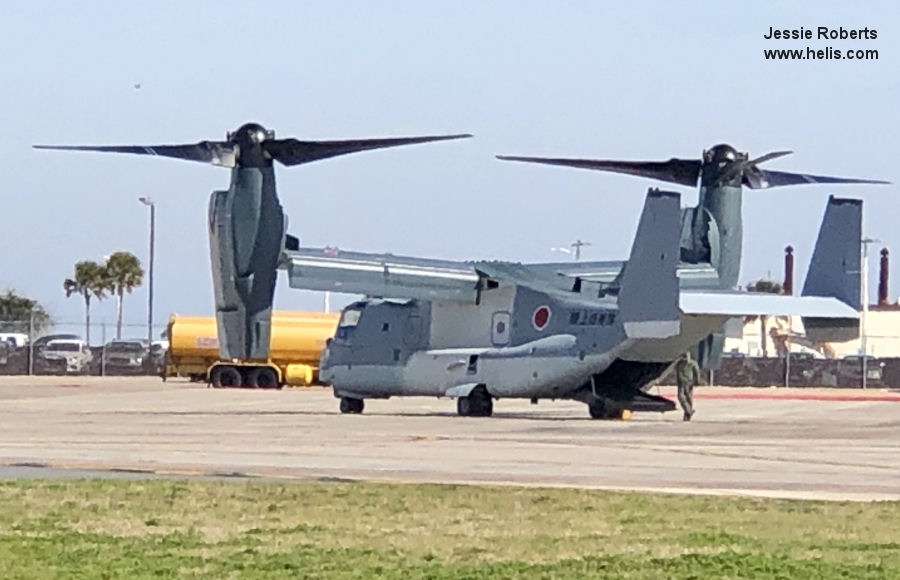
Not surprisingly, since it is not a true helicopter and has different characteristics, field experience led to rethinking some of its roles. It was first deployed operationally in Iraq. V-22 advocates say V-22 pilots can escape vortex ring state by tilting the rotors forward to get out of helicopter mode. The only near-term solution is to restrict operations to avoid proximity to VRS region. Such a characteristic is fundamental and cannot be remedied by minor design changes. The one-rotor-in/one-rotor-out conditions results in large rolling moments and departure from controlled flight. The side-by-side rotor configuration of V-22 is susceptible to asymmetric onset of Vortex Ring State (VRS), brought on by descending too quickly. V-22 flight performance envelope during evaluationĭuring operational evaluation in 2000, there was a fatal crash caused by the vortex ring state (VRS) condition. While the aircraft is now operational and preliminary reports are positive, the development history was long and troubled, and involved balancing costs and risks, and managing the integrity of the procurement process. In October of 1992 the Navy ordered development to continue and awarded a contract to a Bell Helicopter Textron and Boeing Helicopters joint venture to begin producing production-representative aircraft." "Congress disagreed with this decision, however, and continued to fund the project. One month later, the Secretary of Defense stopped asking for funding, again concerned with affordability, and in December, the Navy was directed to terminate the program as not affordable when compared to helicopter alternatives Full-scale funding began in 1986, and the first flight was in 1989. Army, generally considered the lead agency for air assault and tactical mobility, began the program in 1981, but transferred it to the Navy in 1982, questioning if the technology was affordable. The Osprey can carry 24 combat troops, up to 20,000 pounds internal cargo or 15,000 pounds external cargo, according to Boeing Defense, Space and Security.Ĭonsiderable attention has come from Congress and its auditing arm, the General Accountability Office.A relatively recent GAO report asks for much more analysis before making further investments. The V-22 is the world's first production tiltrotor aircraft. The wing rotates for compact storage aboard ship. Once airborne, the nacelles rotate forward 90 degrees for horizontal flight, converting the V-22 to a high-speed, fuel-efficient turboprop airplane. It can operate as a helicopter when taking off and landing vertically. Īccording to the United States Navy Fact File, the Osprey is a tiltrotor aircraft with a 38-foot rotor system and engine/transmission nacelle mounted on each wing tip. As opposed to smaller helicopters, it can be air refueled, but it also can be a refueling tanker, a key Navy mission. One Marine officer said that he found, for mission planning, it was better to think of the Osprey as a small, agile C-130 Hercules rather than as a helicopter.

The Osprey preferably flies at a much higher altitude than helicopters, and there can be performance tradeoffs that facilitate operating in high elevations such as in Afghanistan. Both Marine and Air Force operators have observed that it is traditional, with helicopters, to send several on a mission that could be done by a single Osprey. It is not, however, a helicopter or a fixed-wing aircraft.įield experience emphasizes that the Osprey should not be considered merely a helicopter replacement it has advantages and disadvantages of its own. A tiltrotor craft takes off like a helicopter and then switches to flying like an airplane while in flight.

The V-22 Osprey is a tiltrotor aircraft that marries the function of a helicopter with an airplane.


 0 kommentar(er)
0 kommentar(er)
